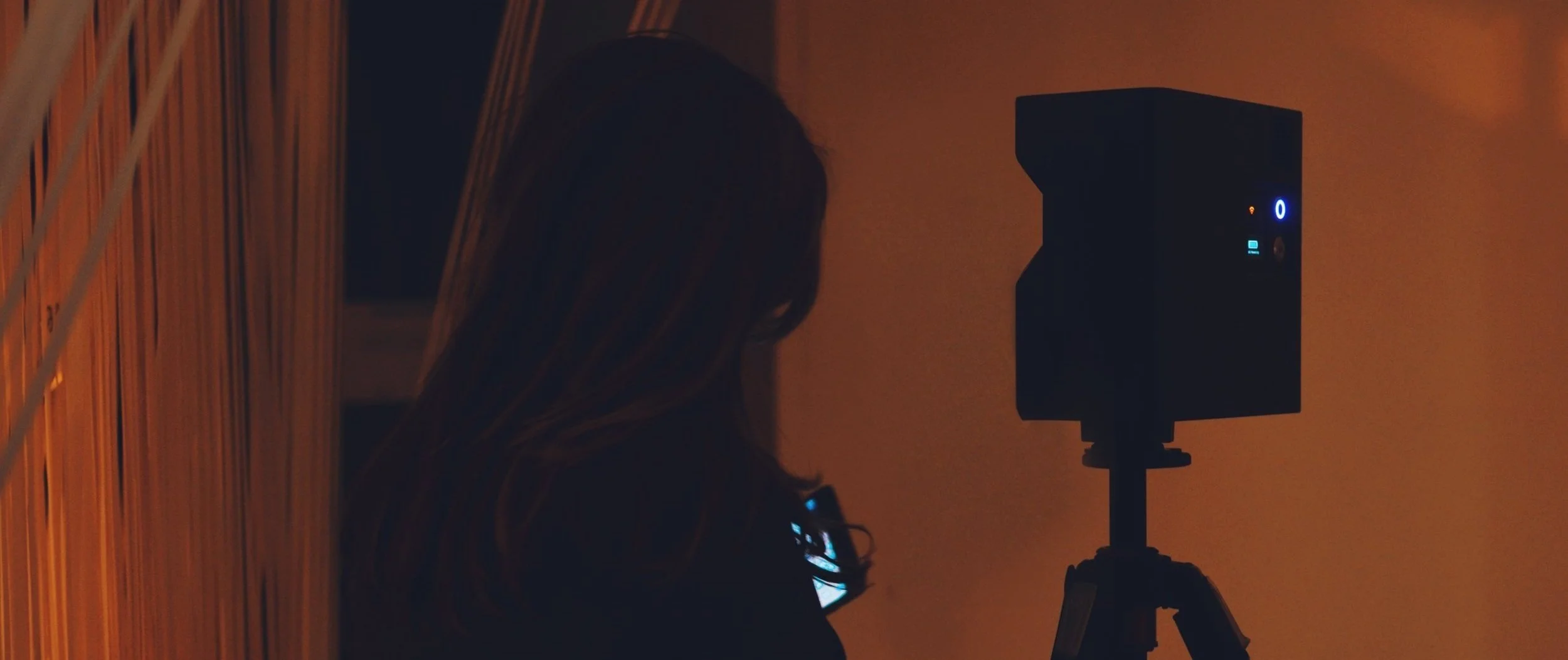
About V21 Artspace
Producing 3D Virtual Exhibitions & Museums since 2017
Accessibility • Audience • Archive
Digital Exhibition Experiences for Museums, Galleries & Cultural Institutions
V21 Artspace has been producing 3D Virtual Exhibitions and Virtual Museums since 2017. Our work is grounded in three core principles: Accessibility, Audience and Archive.
3D Virtual Exhibition Tours
Capture real-time exhibitions for access, archiving and engagement using photogrammetry and scanning technologies.
Bespoke CGI Virtual Galleries
Custom digital environments when a physical space is not available. Limitless creative possibilities.
Online Exhibitions
Custom web-based platforms for catalogues, artist archives and research-driven cultural projects.
3D Digitisation
High-fidelity photogrammetry scanning of objects and artefacts for digital preservation.
3D Printing
Transform digital scans into physical replicas for tactile displays and accessibility.
Digital Consulting
Strategic guidance for planning digital projects, digitisation workflows and long-term strategy.
These formats allow institutions to share exhibitions globally, remove physical barriers to access and preserve curatorial work for the long term.
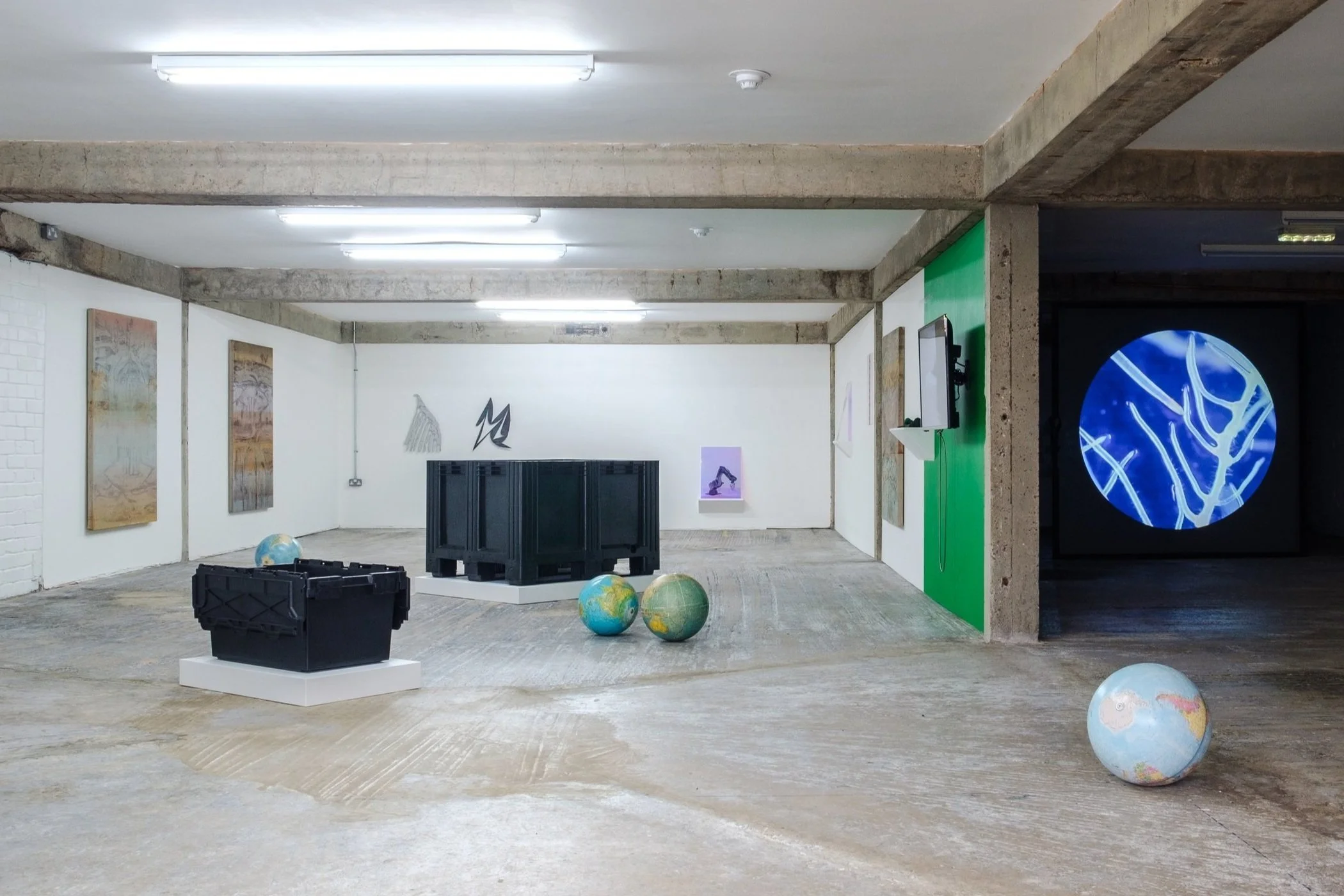
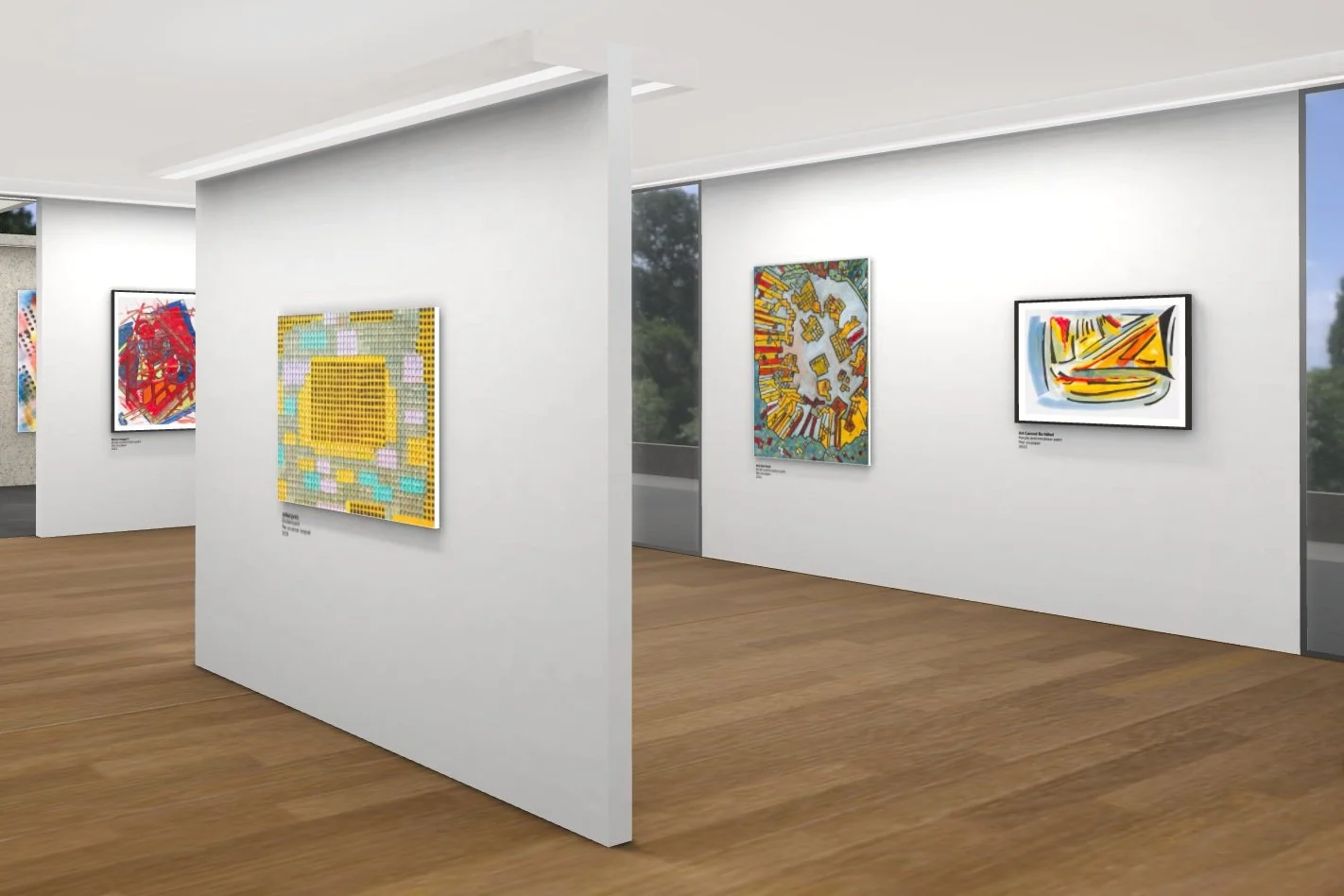
Our Approach
From the beginning, V21 Artspace has focused on how digital experiences can support audiences who face barriers when visiting physical spaces. Our early research explored how virtual exhibitions could act as meaningful alternatives where physical access is limited, and how they might function as pre-visit tools for people who experience anxiety, learning differences or unfamiliarity with gallery environments.
Through consultations, feedback sessions and collaborations with organisations that specialise in accessibility, we engaged with individuals who experience many different barriers. These include mobility challenges, learning difficulties, socio-economic pressures and geographical limitations. The insights we gathered shaped our approach to creating intuitive and inclusive digital experiences that support the widest possible audience.
Who We Work With
We have partnered with a wide range of cultural organisations across the United Kingdom and internationally.
Featured Partners
Cultural Partners
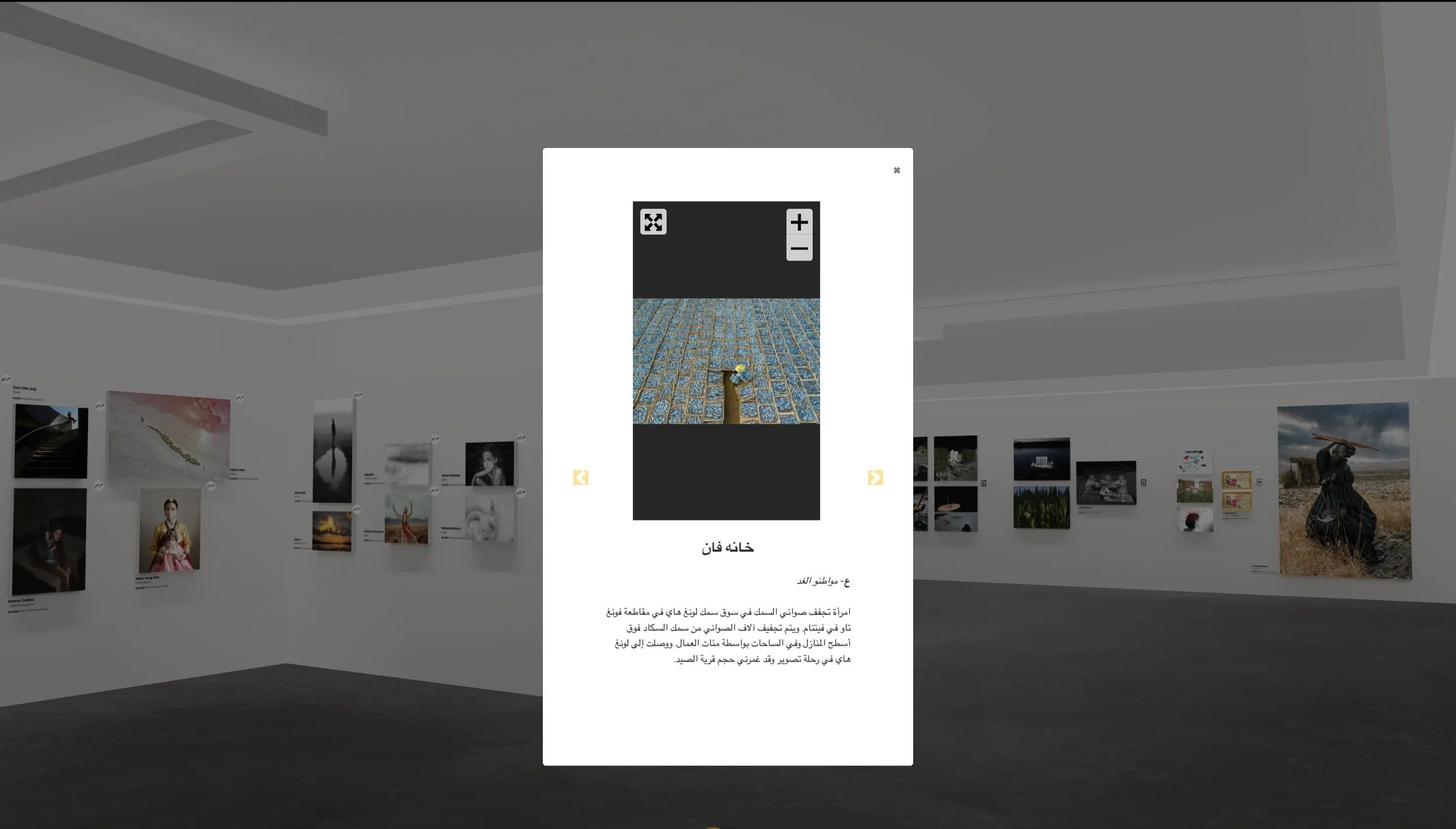
Our 3D Virtual Exhibition Library
Recognised and supported by The National Archives, our growing library provides free access to hundreds of exhibitions and attracts viewers from all over the world. This resource breaks down barriers to cultural engagement and can be accessed on all devices.
Explore the Archive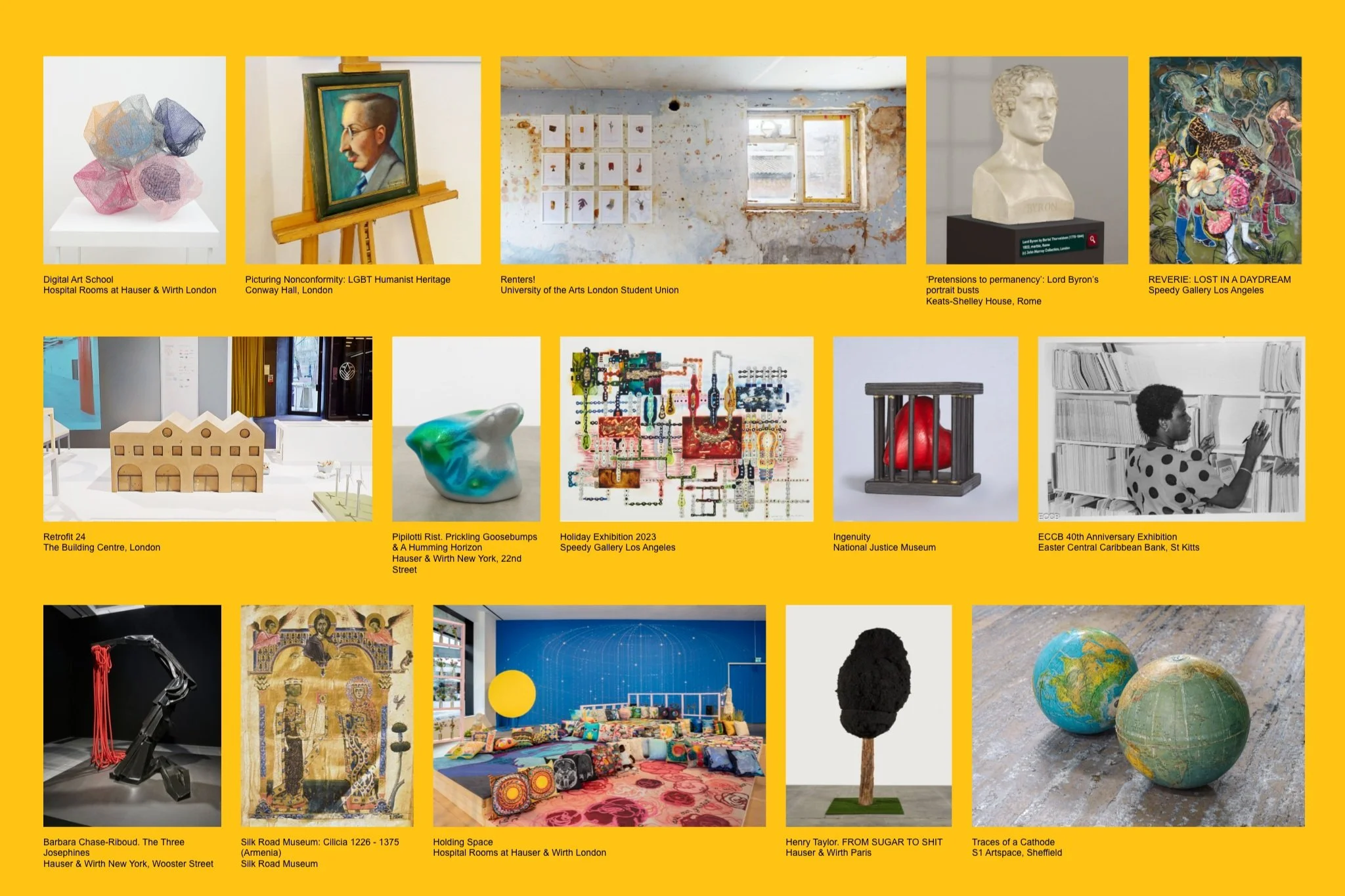
Innovation & Future Vision
Pushing Boundaries
V21 Artspace continually explores what is possible with digital technology in the arts. By combining technical skill with curatorial understanding, we aim to create meaningful and immersive experiences that enhance and complement physical exhibitions.
Looking Ahead
As technology progresses, new opportunities for digital engagement continue to emerge. We remain committed to supporting museums, galleries and cultural institutions through new methods of documentation, access and storytelling.
Projects such as the Silk Road Museum have demonstrated how virtual exhibitions can open new worlds to audiences across the globe. We look forward to expanding these possibilities and developing ambitious digital projects in the years ahead.
Who We Are
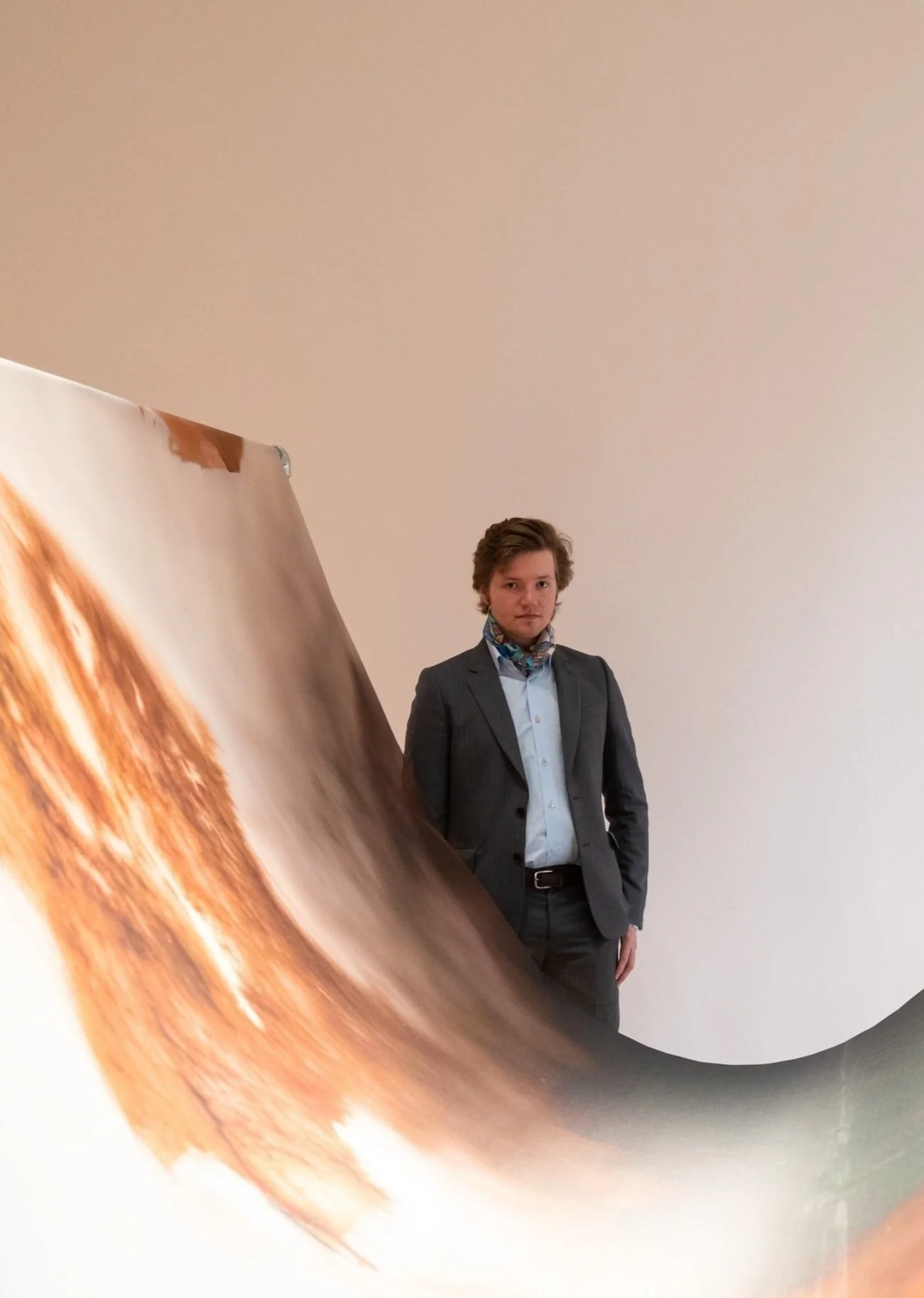
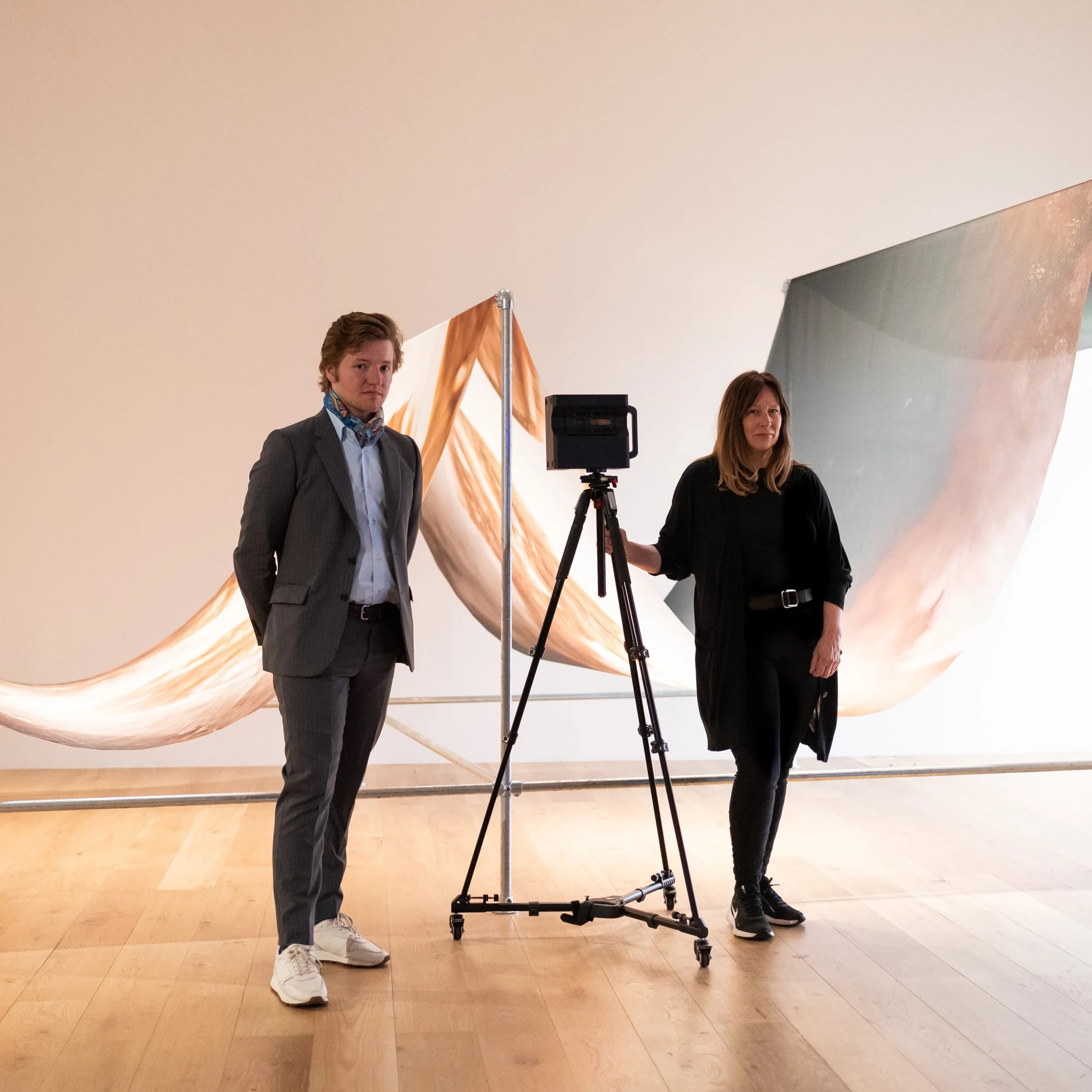
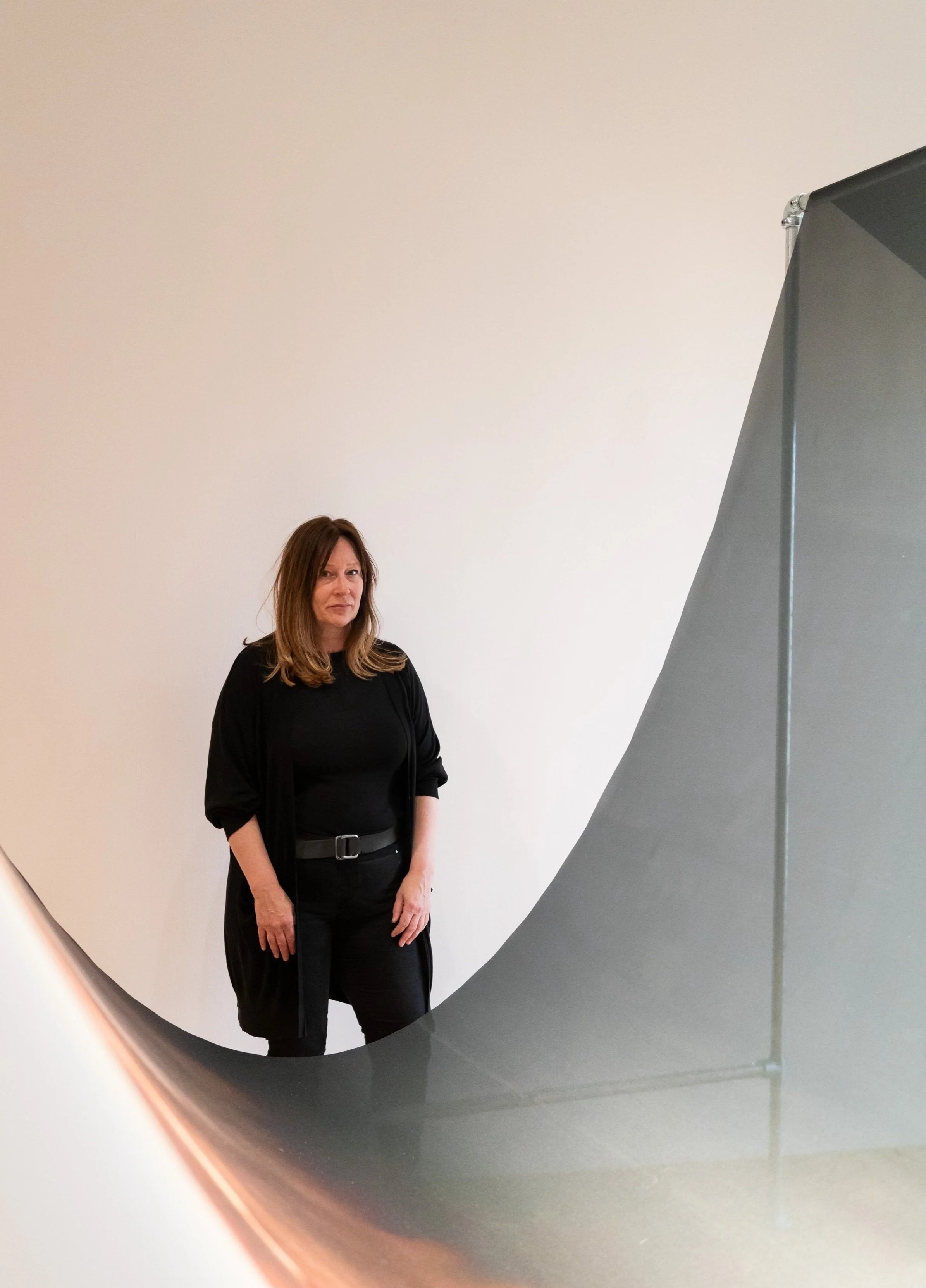
Joe Clark
Co-founder and photographer, producer and art collector with a strong interest in digital innovation and the future of exhibition making. View private collection
Claire Cutts
Co-founder and experienced creative strategist and project manager with a background in cultural projects and digital production.
Together, they lead V21 Artspace with the aim of making art and culture more accessible through immersive digital technologies.
Ready to Create Your Virtual Exhibition?
Get in touch to discuss your project and discover how we can help bring your exhibition to life digitally.
Contact Us